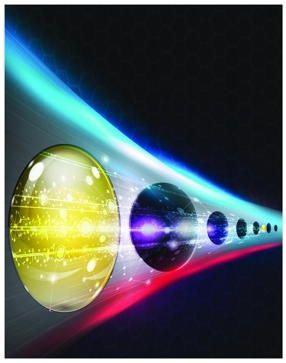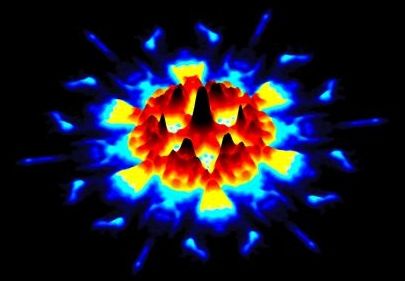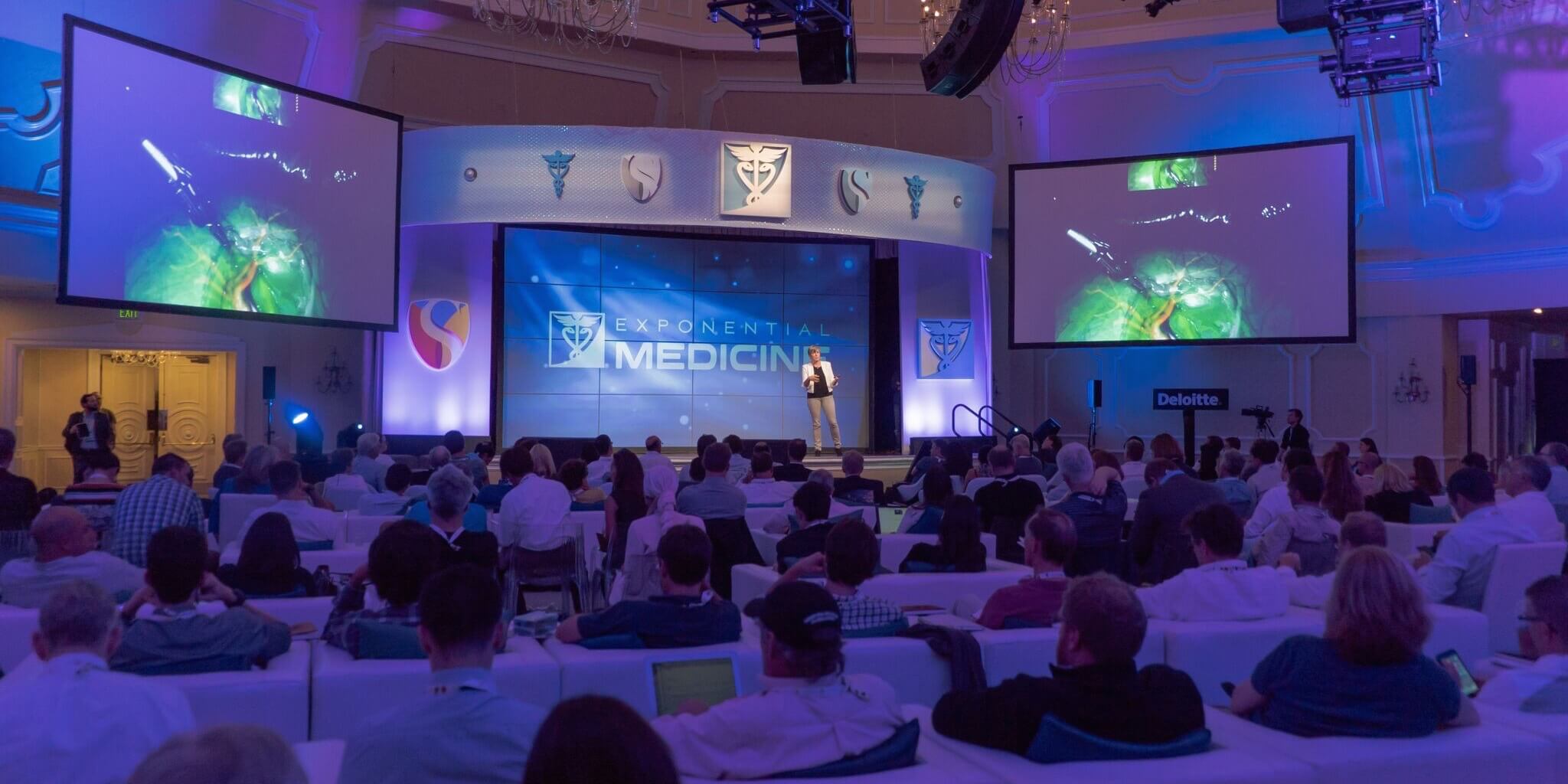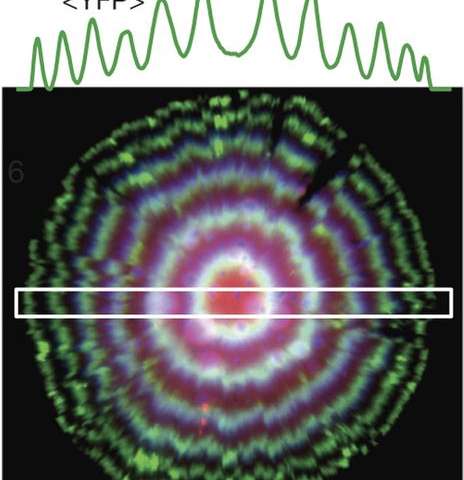Oct 15, 2016
Brain-fixing injectable wires will soon be tested on humans
Posted by Karen Hurst in categories: biotech/medical, computing, health, neuroscience
Could this finally help suppress and maybe even eliminate MS, Dystonia, Parkinson and other central nervous system disfunctions?
Last year, a team of Harvard University researchers revealed that they created a wire mesh doctors can inject into the brain to help treat Parkinson’s and other neurological diseases. They already successfully tested it on live mice, but now that technology is ready for the next stage: human testing. The mesh made of gold and polymers is so thin, it can coil inside a syringe’s needle and doesn’t need extensive surgery to insert. Once it’s inside your head, it merges with your brain, since the mesh has spaces where neurons can pass through.
A part of it needs to stick out through a small hole in your skull so it can be connected a computer. That connection is necessary to be able to monitor your brain activity and to deliver targeted electric jolts that can prevent neurons from dying off. By preventing the death of neurons, which triggers spasms and tremors, the device can be used to combat Parkinson’s and similar diseases. Eventually, the wire mesh could come with an implantable power supply and controls, eliminating the need to be linked to a computer.
Continue reading “Brain-fixing injectable wires will soon be tested on humans” »



















